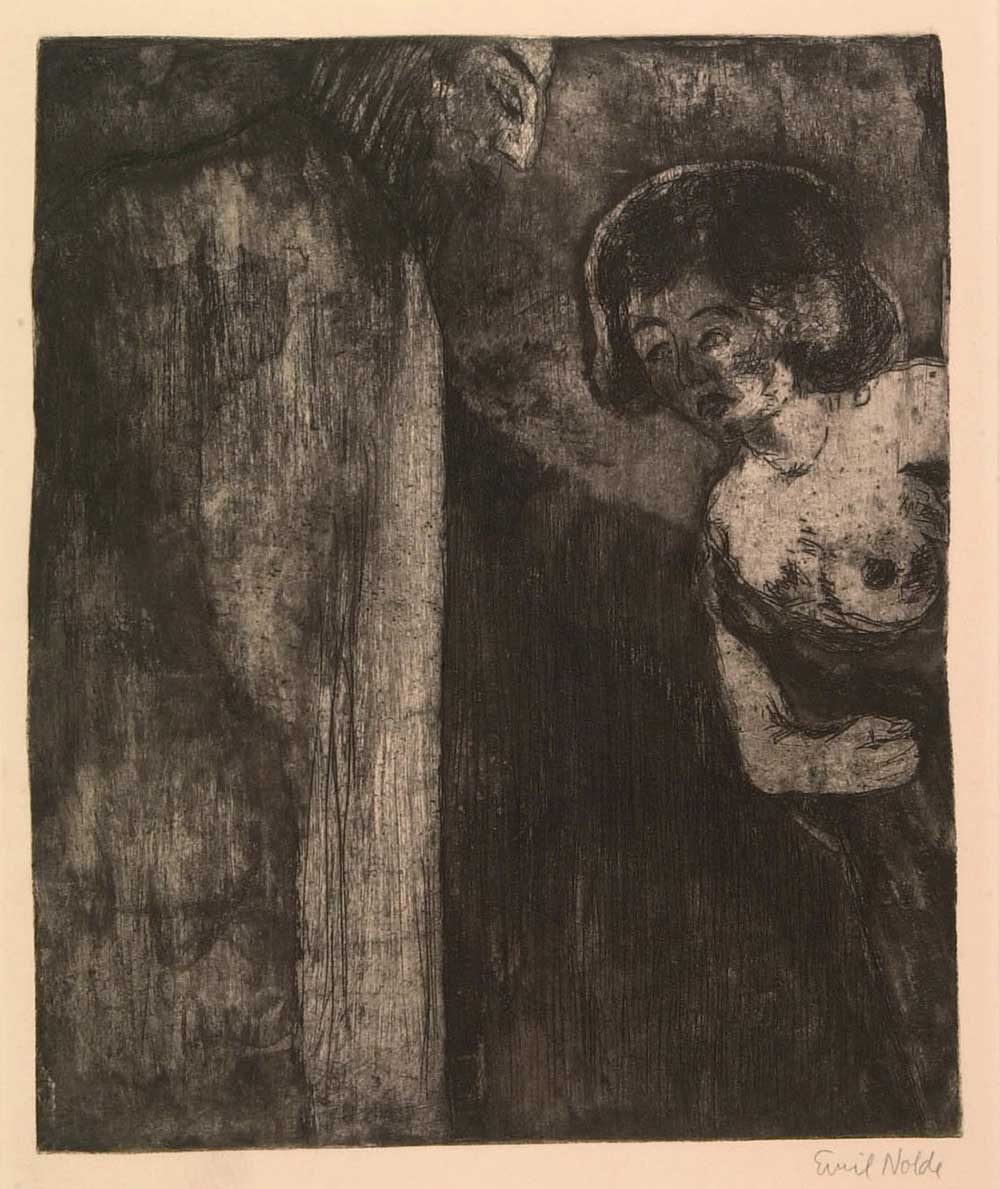STARTS
2013-08-17 00:00:00
Ends
2014-02-23 23:59:59
Location
The Naked and the Nude
The Naked and the Nude: Representations of the Body
The words “naked” and “nude” are defined as synonyms by the American Heritage Dictionary. “Naked” entered the English language from the German nakt, while “nude” derives from the French nu. Through centuries of use, however, the words have taken on subtle distinctions. The ideal nude, often inspired by the poses of classical sculpture, has been viewed as the noblest subject in Western art since antiquity as it takes the perfected human body as its subject. The tradition remained strong in the 19th century in spite of the rise of Realism, which depicted the naked body with a new veracity. The Modern tendency toward abstracted and expressive form means that depictions of the body diverge from classical, academic and realist ideals. Yet, the notion that to be naked is to be exposed and vulnerable, while to be nude is to be comfortable and at ease, remains valid in 20th–century art.
